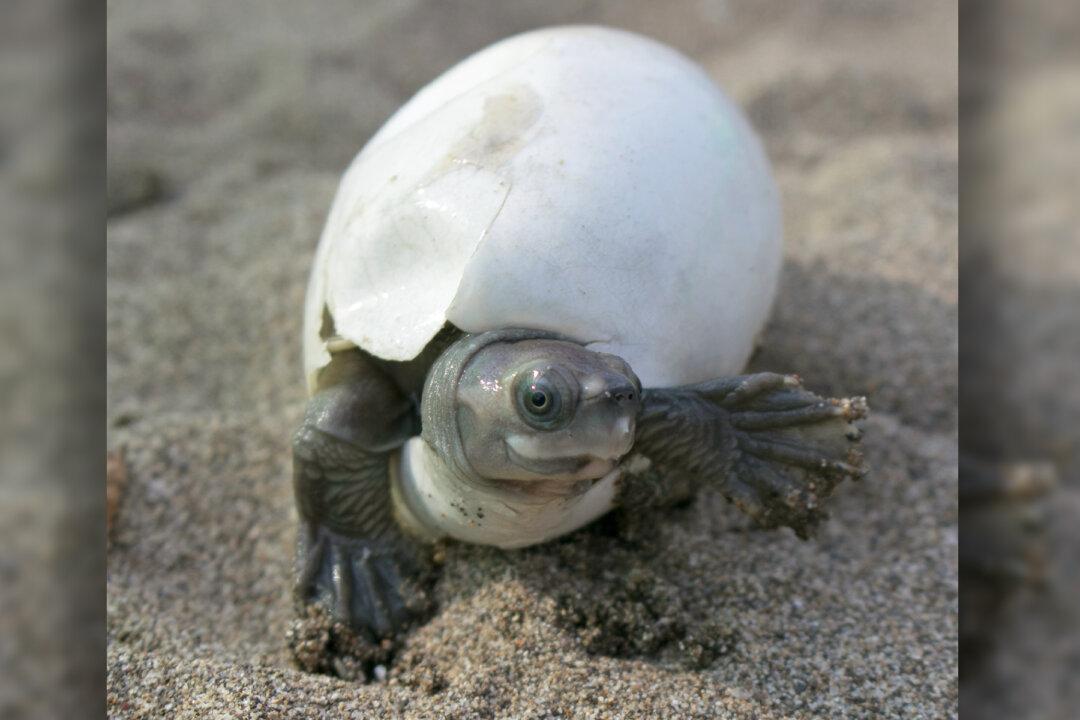A rare turtle species, beloved for its permanent “smiling” expression, has been saved from the brink of extinction by a team of ambitious conservationists.
The Burmese roofed turtle was being considered for reclassification as “extinct” in the year 2000 after scientists, having gained legal entry to Myanmar, were unable to locate any wild specimens. But a two-decade-long breeding program has resulted in a replenished population of 1,000 turtles, and counting.





